Thaden, Emily, and Mark Perlman. “Creating and Preserving Reasonably-Priced Housing near Public Transportation.” CLT Network. National Community Landtrust Network, n.d. Web. Nov. 2016.
http://cltnetwork.org/wp-content/uploads/2015/08/NCLTN-TOD-Primer.pdf
The article/webpage entitled “Creating and Preserving Reasonably-Priced Housing near Public Transportation” outlines the advantages of establishing affordable housing near public transportation, as well as ways to create affordable housing. The strategies described in the article are referred to as “Equitable Transit-Oriented Development” strategies. The authors, Emily Thaden and Mark Perlman, also provide a step-by-step plan for how to “plan, develop, and preserve” affordable housing. The article proceeds to outline numerous acronyms for various groups and programs such as Limited Equity Cooperatives, Community Land Trusts, and Deed-Restricted Housing. The writers outline the FasTracks program in Denver as an example of transit development partnered with affordable housing funds. Later on, they describe “Land Banks” governmental entities that convert vacant or abandoned property into land for productive use, and they use the Atlanta Beltline as an example of this. They write, “The Fulton County/City of Atlanta Land Bank Authority acquires and holds properties near the planned Atlanta Beltline. They also partner with local community land trusts for disposition of these properties.” I found this source to be extremely informative and useful regarding the Beltline, because one of the main concerns of Atlanta citizens is that the Beltline will cause gentrification and that there will be an extreme lack of affordable housing along and near the Beltline. This was specifically a concern for Ryan Gravel, the creator of the Beltline, whose main purpose was to promote affordable housing on the trail. The article ends with numerous resources and is supported by the Lincoln Institute of Land Policy. Both Thaden and Perlman work for the National Community Land Trust Network.
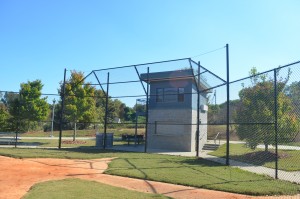
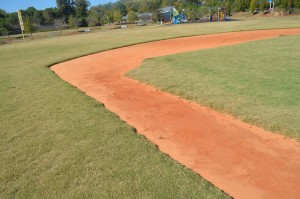
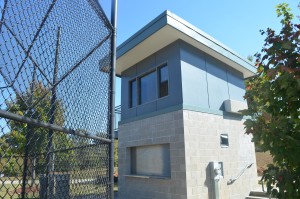

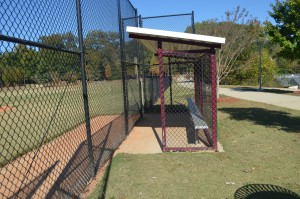

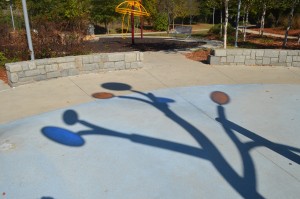
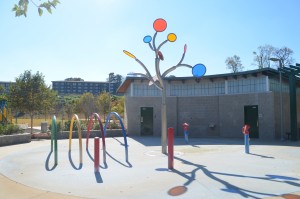


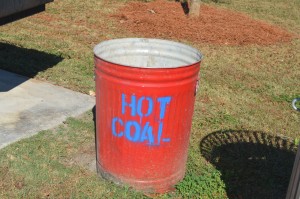
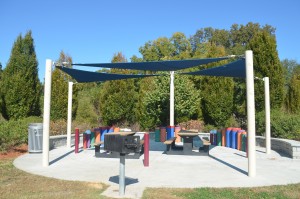
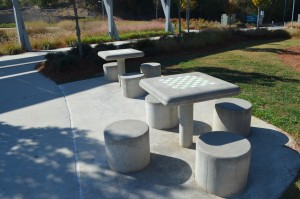
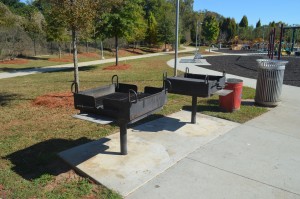
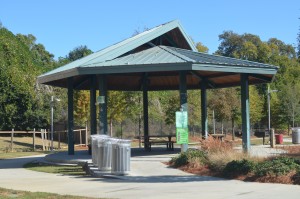
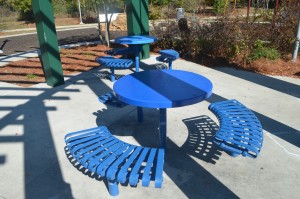


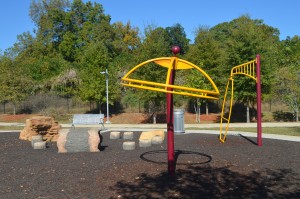
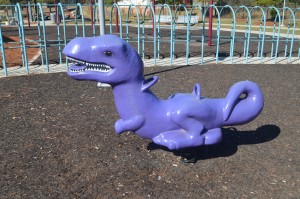


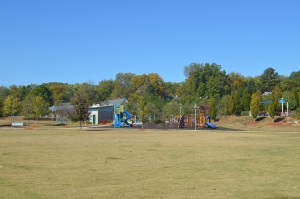
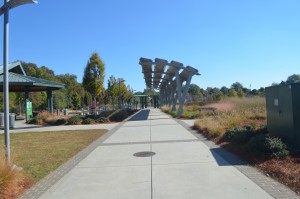


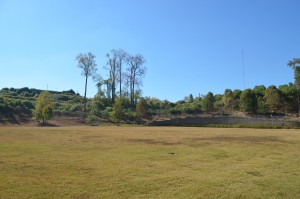
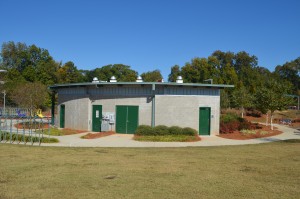

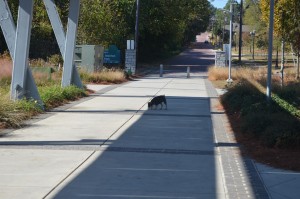

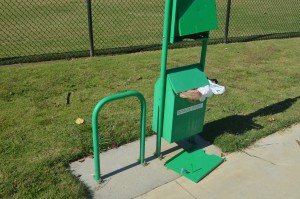
Recent Comments